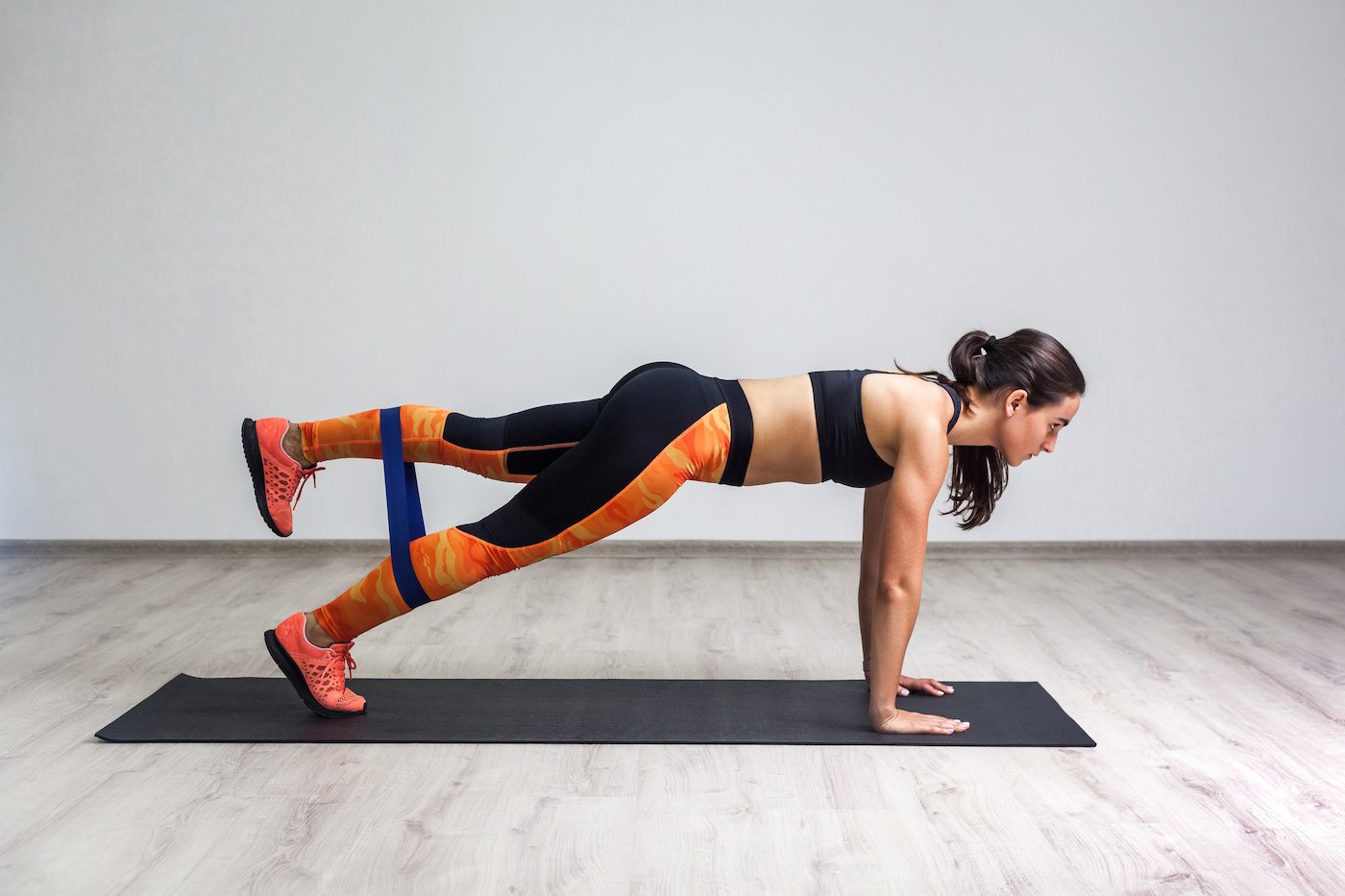Let’s find out ‘What Is Glute Imbalance And How To Treat It?’ The gluteus maximus, gluteus medius, and gluteus minimus are the three strong muscles that make up your buttocks and are collectively referred to as the “glutes.”
Your glutes, along with your back, abdominal muscles, and other supporting muscles and tissues, serve to avoid damage to your core.
Strong glutes support lumbopelvic stability, which means they keep your pelvis and lower back in the right positions and shield you from strains and injuries. Additionally, they support everyday activities including walking, jogging, and sitting as well as sports performance.
However, some people may experience a gluteal imbalance where one side is bigger than the other. If this applies to you, you might need to take action to prevent injuries and posture-related problems. Unbalanced muscles can become more unbalanced and painful if it is not corrected. What you should know about a glute imbalance and how to fix it are detailed below.
What Is Glute Imbalance?
When your glutes (on either your right or left side) are bigger, stronger, or more dominating, you have a glute imbalance. Unbalances in the glute are widespread and occur naturally in human anatomy. Nobody’s physique is symmetrical in every way, including the glutes.
In reality, it is typical to have one side of your glutes that activates more or sits higher than the other when you squat, or to shift slightly to the more dominant side.
You probably have a glute that works harder and is stronger than the other, just as you prefer one hand, arm, or leg to the others.
If you are right-handed and jump off your left leg most of the time, your left hip extensor will be stronger than your right hip flexor and vice versa.
What Causes Glute Imbalance?
In addition to normal anatomy, there are a number of other factors that might contribute to glute imbalance, such as prior injuries, discomfort, or insufficient post-injury recovery. Anatomical differences or nerve damage are examples of other reasons. Depending on the person and the severity of the problem, some of these factors are easier to handle than others.
“Glute imbalances can be caused by a variety of reasons including prior surgery or injury, improper training, leg length discrepancies, asymmetric anatomy, atrophy, spine pain, nerve issues, and life and sport-specific factors that may prioritize one side of your body over the other side of your body,” says Toufic Jildeh, MD, MSU Athletics team physician and provider at MSU Health Care, assistant professor of orthopedics at Michi University.
:max_bytes(150000):strip_icc()/GettyImages-9468813281-bb2c00e5510143e09454202658d0e358.jpg)
Reduced glute activation can be a result of injuries such ankle sprains. Signals are delivered to the glutes and other muscles involved in motion when one region of your body is painful. The body has this defense system in place to stop additional damage.
Your movement patterns will vary as a result, which may result in muscle imbalances in your glutes and other places. You risk developing a glute imbalance if you do not properly recover from an injury like this.
An further element is anatomical variations. Everybody has different muscles, connection locations, nerve supply, and other body parts. Because of these structural differences, one side of your glutes may be stronger or more dominant than the other.
How Do I Fix Glute Imbalance?
There are strategies to avoid and improve some types of glute imbalance, even if you cannot totally prevent them and sometimes the underlying causes are beyond your control to address. Just make sure you get medical attention if you encounter discomfort or malfunction.
“Important therapies to stop the positive feedback cycle in which glute imbalance can lead to discomfort include efficient exercise and supervised therapy. It’s crucial to concentrate on developing your core and bridging the disparities between your body’s two sides “Dr. Jildeh explains.
Try unilateral training, which involves working out one side of your body at a time, to achieve this. If you have a dominant side, as most individuals do, a smart place to start is to concentrate on strengthening the opposite side by exercising it first throughout your unilateral training sets and keeping an eye out for and correcting any form shifts to one side. 2 Be sure to record yourself on exercises like squats, deadlifts, and sumo deadlifts to notice any changes.
It could make sense for some people to seek help from a physical therapist or personal trainer, especially if you are having trouble making the necessary adjustments on your own or are unclear of where to start.
Fixing Muscular Compensation Is Important
According to Dr. Jildeh, a glute imbalance can induce discomfort everywhere along the kinetic chain, in the afflicted limb, and on the opposite side. “A positive feedback cycle can occur as the discomfort intensifies and compensatory tendencies intensify, which worsens the gluteal imbalance and the pain,” he explains.
To correct glute imbalances, try performing single-leg reverse hyperextensions using ankle weights or bands. This workout stimulates the glute and focuses on hip extension. A comparable exercise that does not need you to lean your body over a reverse hyper machine, stability ball, or bench is a bent-over single-leg kickback.
Any unilateral movements you have in your routine can also be done a second set. For any exercises like lunges, single-leg hip thrusts, single-leg squats, or split squats, just add one additional set to your weaker side. It could also be beneficial to isometrically tighten your weaker glute throughout the day to improve your glutes’ balance.
“If the glute imbalance appears as groin discomfort, pain that travels down either leg, or intense debilitating pain that interferes with your capacity to function in day-to-day life, this may suggest a more significant condition that would justify contacting a healthcare specialist,” recommends Dr.










